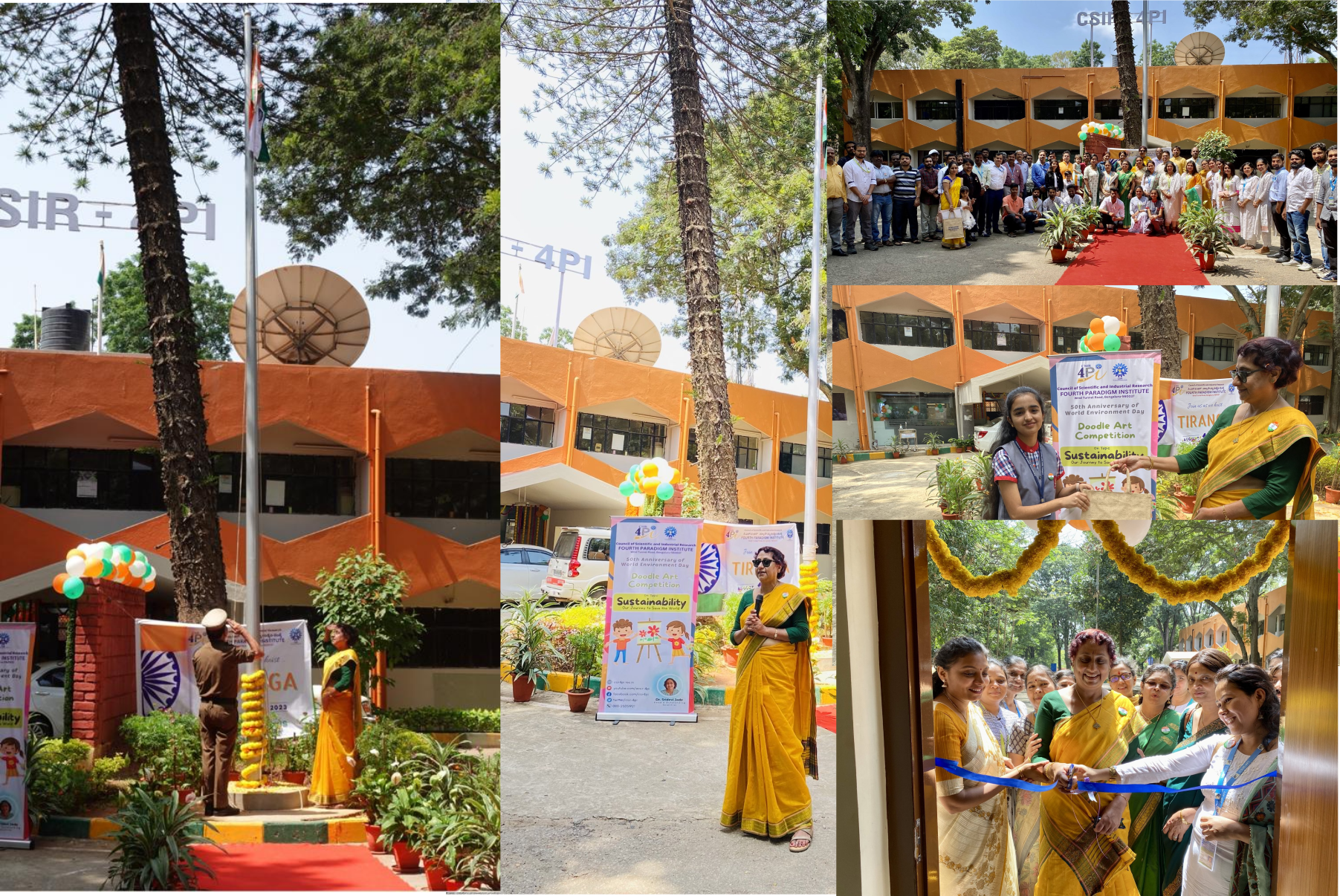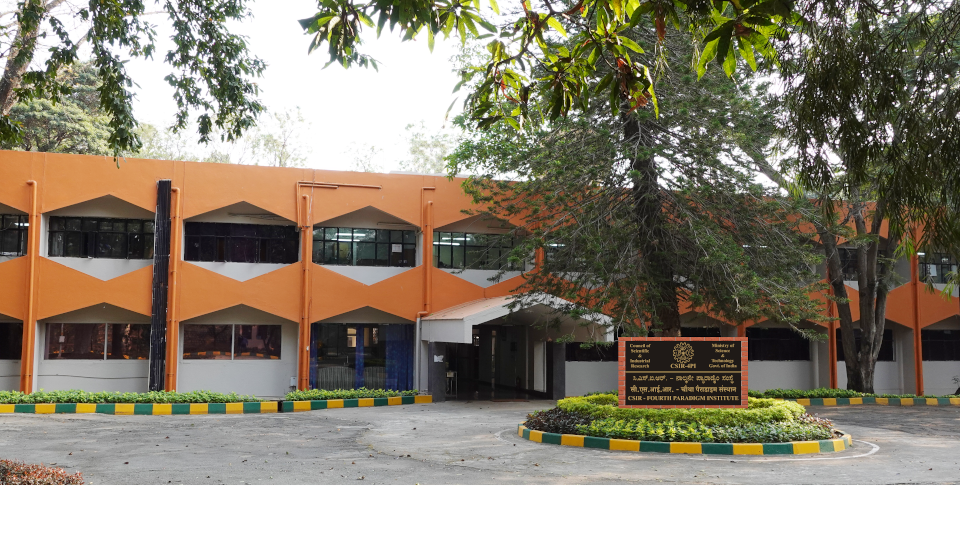by Krushna Chandra Gouda, Iranna Gogeri & Aruna Singanahalli Thippa Reddy
The COVID-19 pandemic has created a major threat to human beings and huge losses over the globe. In order to control the pandemic spread, almost all parts of the world imposed lockdown. The imposed lockdown drastically impacted on reduction in the atmospheric pollutions and also resulted in net decrease in aerosol optical depth (AOD) in the atmosphere. In this study, the reduction in the AOD during the COVID-19 lockdown over the Indian subcontinent is being assessed using the moderate resolution imaging spectroradiometer (MODIS) satellite data available in Giovanni version 4.34 developed by NASA. The long-term mean analysis is computed considering 20 years (i.e., 2000–2019) data on Terra platform with a temporal resolution of daily and monthly and spatial resolution of 1 degree. The dataset of AOD with a temporal resolution of monthly was used for investigation of AOD anomaly for March, April and May 2020, and the seasonal variation (March to May 2020) is also assessed. Similarly, the daily scale dataset was used to investigate the percentage change in AOD during pre-lockdown and lockdown period with respect to long-term mean. The key findings in the present study show that reduction in AOD level over Indian subcontinent is approximately 14.75% during the lockdown period with spatial variation in the magnitude from region to region. The level of AOD is greatly reduced in the northern part of India (~ 22.53%), whereas changes in the southern part of India are much less (~ -0.31%); this may be due to ongoing anthropogenic activities during the lockdown period in this region. Furthermore, a positive AOD anomaly was observed in the eastern and central regions of India (i.e., over the states of Odisha, Chhattisgarh, Telangana, Jharkhand, West Bengal, Part of Maharashtra and Karnataka). However, negative AOD anomaly was observed in the north and northwest regions of India, whereas not much change in the AOD anomaly in other parts of the country. The overall assessment of the AOD level shows a net decrease over the Indian subcontinent during the lockdown period, i.e., March to May 2020. This kind of assessment study will surely help the government for the sustainable policy decisions for atmospheric pollution control by implementing proper lockdown procedures over various parts of the country.
Source: https://doi.org/10.1007/s10661-022-09855-3


































